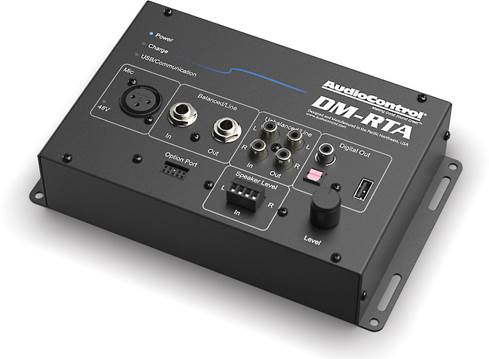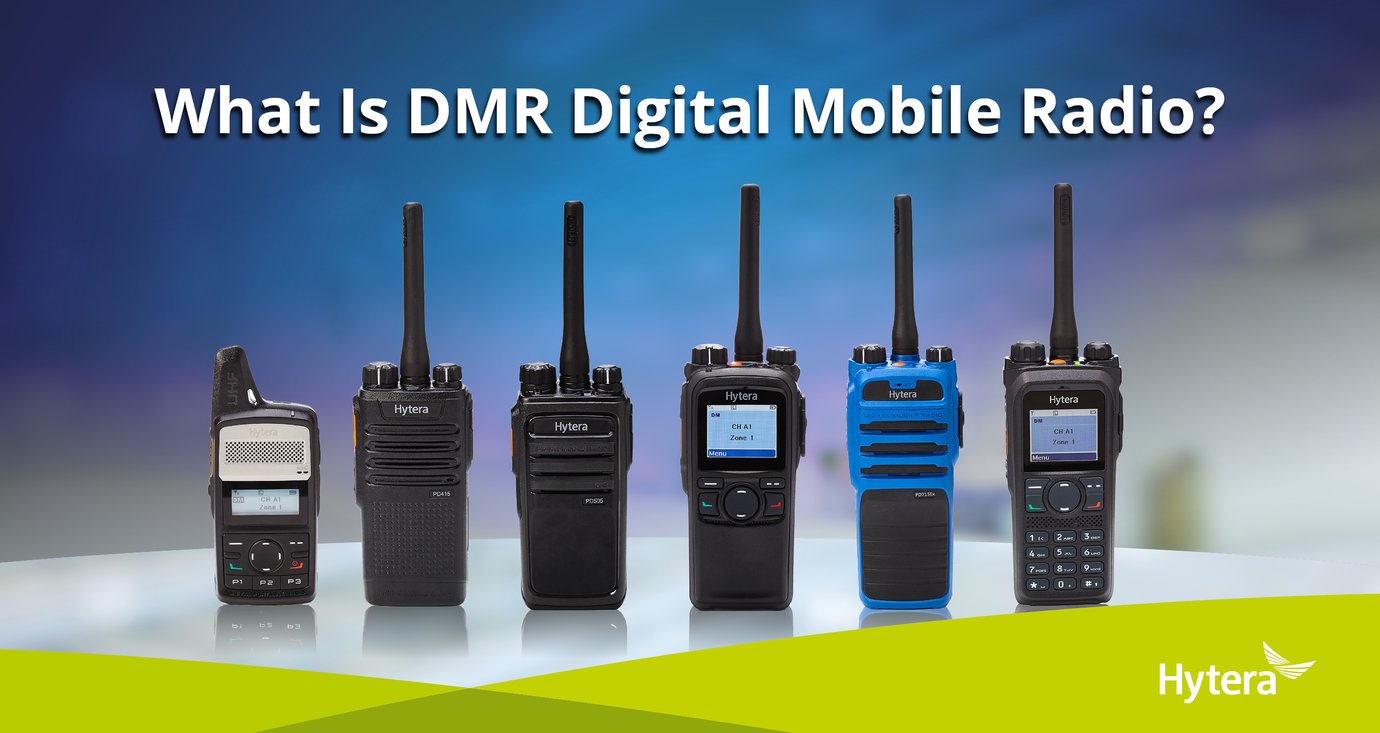

- #DMR AUDIOTEST UPGRADE#
- #DMR AUDIOTEST PORTABLE#
- #DMR AUDIOTEST PROFESSIONAL#
- #DMR AUDIOTEST SERIES#
Easy to use and practical, the CP100d Series provides a straightforward path to digital migration. The CP100d Series gives you streamlined analog voice communications, and MOTOTRBO digital when you’re ready.
#DMR AUDIOTEST PORTABLE#
It is possible to use either the Discriminator output of a scanner OR a Software Defined Radio to receive the audio from a digitally encoded Trunked Radio System. Motorola MOTOTRBO CP100d Portable RadioĬommunicate simply and efficiently. Using a computer it's possible to use software such as DSDPlus or DMRDecode to view and decode system and channel data with a receiver. Firmware 1.11.15 or better, for both models via the microSD, or the USB Mini-B port.Firmware 1.07.06 or better, updates via the USB Mini-B port.See their respective wiki articles for additional details: This may be sufficient on systems that aren't too busy, but for busier systems, this is a serious limitation. The best these scanners can do is to decode the audio. Whistler never bought the licenses, which is why the upgrades are free. Whistler scanners cannot trunktrack DMR systems.

Directly out-of-the-box Whistler announcement.Firmware CPU 3.8 & DSP 2.9 or better use.
#DMR AUDIOTEST UPGRADE#
See the Whistler Official Upgrade (WOU) article
NOTE: These scanners will not trunktrack they will decode the mode, show TG and slot information. You can use the following to decode a DMR Transmission. It also supports packet data service in a variety of formats, including support for IPv4 and IPv6. Tier III supports voice and short messaging handling similar to MPT 1327 with built-in 128 character status messaging and short messaging with up to 288 bits of data in a variety of formats. The Tier III standard specifies two slot TDMA in 12.5kHz channels. ETSI TS 102 361-2 Voice and generic services and facilitiesĭMR Tier III covers trunking operation in frequency bands 66-960MHz. ETSI DMR Tier II specifies two slot TDMA in 12.5 kHz channels.ĭMR Tier II is based on the following ETSI standards. The ETSI DMR Tier II standard is targeted at those users who need spectral efficiency, advanced voice features and integrated IP data services in licensed bands for high-power communications. In North and South America the 446.0 - 446.2 MHz band is part of the amateur radio 70 cm band and requires an amateur radio license.ĭMR Tier II covers licensed conventional radio systems, mobiles and hand portables operating in PMR frequency bands from 66-960MHz. With a limited number of channels and no use of repeaters, no use of telephone interconnects, fixed/integrated antennas, and a talk timer of 180 seconds, Tier I DMR devices are best suited for personal use, recreation, small retail and other settings that do not require wide area coverage or advanced features. This part of the standard provides for consumer applications and low-power commercial applications, using a maximum of 0.5 watt RF power. In 2009 the members of the MOU set up the DMR Association to work on interoperability between vendors equipment and to provide information about the DMR standard.ĭMR Tier I products are for license-free use in the 446 MHz band in the European Union. While the DMR standard does not specify the vocoder, MOU members agreed to use the half rate DVSI Advanced Multi-Band Excitation (AMBE) vocoder to ensure interoperability. In 2005, a Memorandum of Understanding (MOU) was formed with potential DMR suppliers including Tait, Fylde Micro, Selex, Motorola, Vertex Standard, Kenwood and Icom to establish common standards and interoperability. DMR is a two-slot, Time Division Multiple Access ( TDMA) system offering voice, data and a range of other features and applications. DMR provides voice, data and other supplementary services. Its primary goal is to specify a digital system with low complexity, low cost and interoperability across brands, so radio communications purchasers are not locked in to a proprietary solution. The DMR standard operates within the existing channel spacing used in land mobile frequency bands globally. Products built to the DMR standard also comply with the FCC mandates in the United States for the use and certification of 12.5 kHz and 6.25 kHz narrowband technology for systems covered by Part 90 regulations. The applicable compliance standards are EN 300 113 and EN 300 390. #DMR AUDIOTEST PROFESSIONAL#
Digital Mobile Radio (DMR) is an open digital radio standard for Professional Mobile Radio (PMR) users by the European Telecommunications Standards Institute (ETSI) Standards TS 102 361 parts 1 to 4 and used in products sold in all regions of the world.






 0 kommentar(er)
0 kommentar(er)
